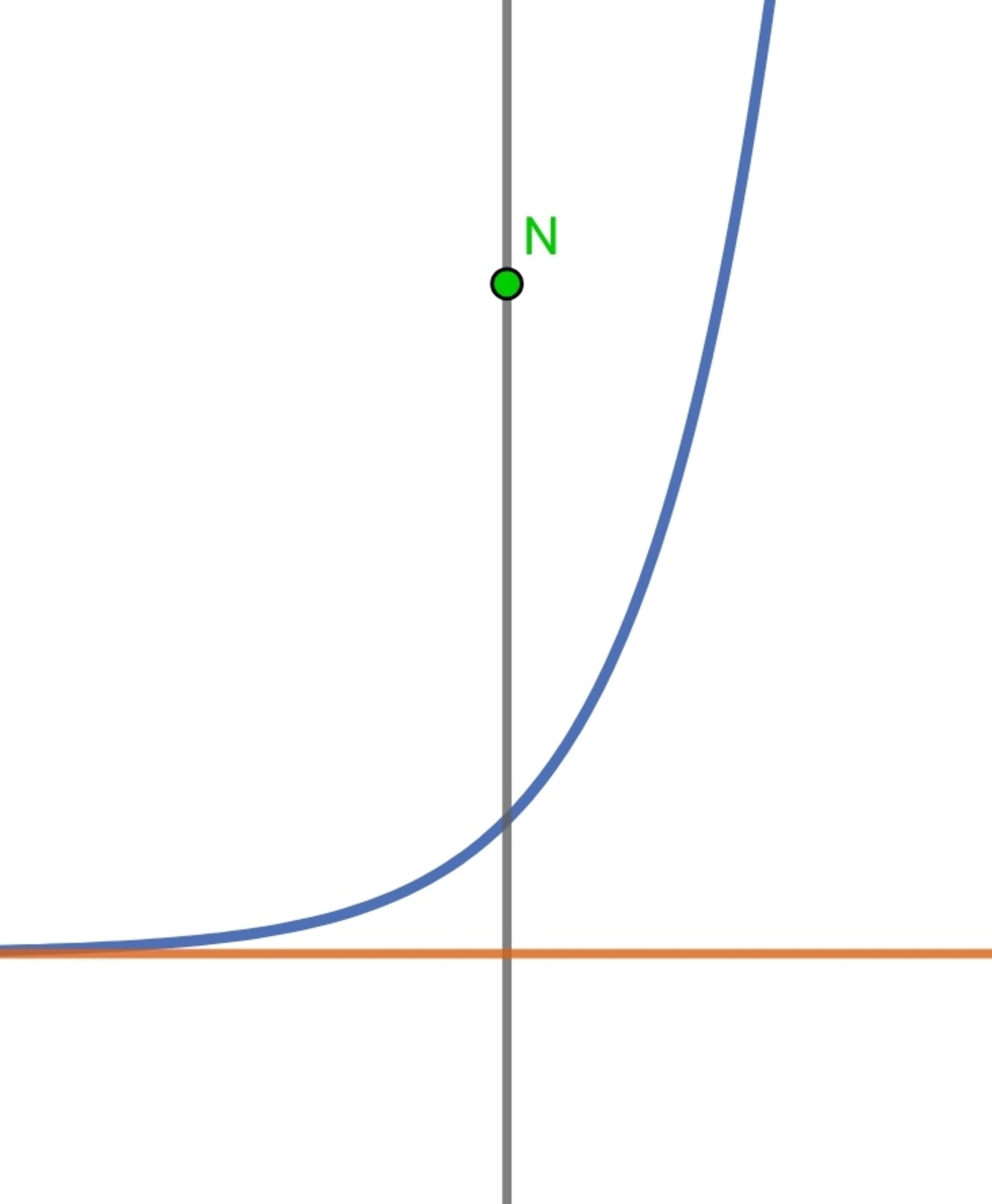Story of and Flux
A particle with some charge is position at
at that green dot as shown in figure. If the flux passing between the equations
and
for
is
and the flux passing between the equations
and
for
is
.Determine the ratio:
.

The answer is 110.534.
This section requires Javascript.
You are seeing this because something didn't load right. We suggest you, (a) try
refreshing the page, (b) enabling javascript if it is disabled on your browser and,
finally, (c)
loading the
non-javascript version of this page
. We're sorry about the hassle.
My standard numerical integration approach doesn't work as well for this one, since the integration regions are infinite. So I outsourced the computations to Wolfram. I left out some of the scalar multipliers since they cancel out in the ratio (hence the "prime" superscripts).
ϕ 1 ′ = ∫ 0 e x ∫ − ∞ 0 ( x 2 + ( y − 5 ) 2 + 1 ) 3 / 2 d x d y ≈ 0 . 0 0 8 1 8 9 5 8 ϕ 2 ′ = ∫ 0 e x ∫ 0 ∞ ( x 2 + ( y − 5 ) 2 + 1 ) 3 / 2 d x d y ≈ 0 . 9 0 5 2 3